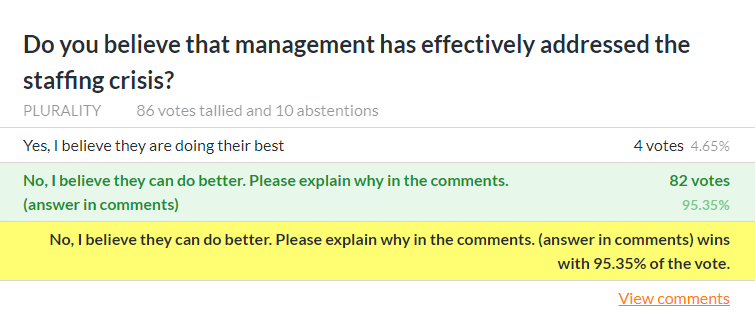In recent years, the San Francisco Sheriff’s Office (SFSO) has been embroiled in a disturbing practice of operating on a debt-based budget, resorting to what can only be described as overtime slavery to balance its fiscal books. This unethical approach, characterized by the forced imposition of excessive overtime on deputy sheriffs, is not only financially irresponsible but also morally reprehensible, taking a severe toll on the health and well-being of those sworn to protect and serve.
One of the key tactics used in this budgetary strategy is budgetary attrition savings, a process whereby the sheriff deliberately hires fewer deputies than what is needed to adequately staff the department. This intentional understaffing creates a limited savings of benefits and training costs, as the shortfall is then filled by forcing existing deputies to work excessive overtime hours.
 Despite clear data indicating the harmful impacts of this practice, the SFSO leadership has persisted in its reliance on forced overtime to cover budgeted attrition and maintain fiscal balance. This shortsighted strategy prioritizes financial expediency over the physical and mental health of deputy sheriffs, creating a toxic work environment and jeopardizing public safety.
Despite clear data indicating the harmful impacts of this practice, the SFSO leadership has persisted in its reliance on forced overtime to cover budgeted attrition and maintain fiscal balance. This shortsighted strategy prioritizes financial expediency over the physical and mental health of deputy sheriffs, creating a toxic work environment and jeopardizing public safety.
Data collected over recent years paints a grim picture. Forced overtime has become a norm, with deputy sheriffs compelled to work extended hours without adequate rest or respite. This relentless schedule not only leads to exhaustion and burnout but also compromises the ability of deputies to perform their duties effectively and safely, endangering both themselves and the community they serve.
The use of forced overtime as a budgetary tool is symptomatic of a larger failure within the SFSO to manage its resources responsibly. Instead of advocating for a budget that reflects realistic staffing levels and limits on overtime, the sheriff has opted for a reckless path that exploits the dedication of deputy sheriffs to balance the books.
The consequences of this debt-based budgeting approach are dire. Deputy sheriffs are experiencing alarming rates of burnout and fatigue, leading to increased absenteeism and turnover. This vicious cycle of overwork and exhaustion not only harms the physical and mental health of deputy sheriffs but also undermines the effectiveness and integrity of the SFSO as a whole.
It is imperative that immediate action be taken to address this crisis. The SFSO must abandon its reliance on overtime slavery and commit to a budgetary approach that prioritizes the well-being of its deputies. Anything less would be a betrayal of the trust placed in the SFSO by the residents of San Francisco and a disservice to those who dedicate their lives to serving and protecting the community.





